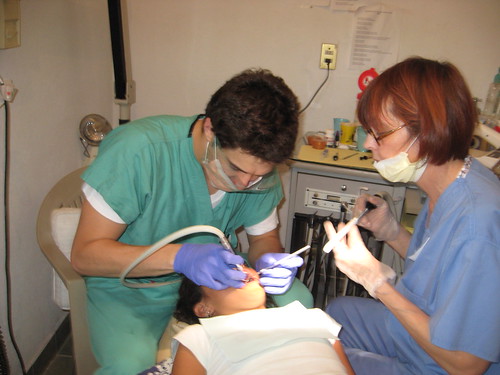School-based Sealant Programs
Introduction
Sealants prevent tooth decay and also stop cavities from growing. The Surgeon General’s report on oral health indicates that sealants can reduce decay in school children by more than 70 percent.
What Are Dental Sealants?
Sealants are thin plastic coatings applied to the tiny grooves on the chewing surfaces of the back teeth. This is where most tooth decay in children and teens occurs. Sealants protect the chewing surfaces from decay by keeping germs and pieces of food out.
Learn more about sealants, including how they help prevent tooth decay and how they are applied, from this Dental Sealants Fact Sheet.
What Are School-based Sealant Programs?
School-based dental sealant delivery programs provide sealants to children unlikely to receive them otherwise.
Such programs—
- Define a target population within a school district
- Verify unmet need for sealants
- Get financial, material, and policy support
- Apply rules for selecting schools and students
- Apply sealants at school or offsite in clinics
School-based sealant programs are especially important for reaching children from low-income families who are less likely to receive private dental care. Programs generally target schools by using the percentage of children eligible for federal free or reduced-cost lunch programs. Tooth decay may result in pain and other problems that affect learning in school-age children. Learn more by reading Oral Health and Learning* (PDF–81K). This report addresses the following:
- Lost school time

- Oral health and learning
- Nutrition and learning
- Programs for improving oral health

